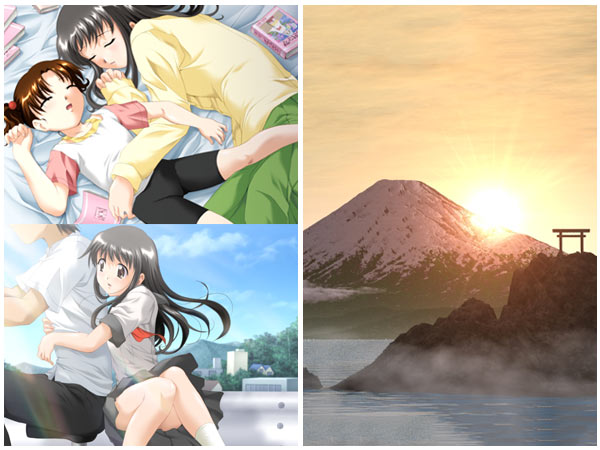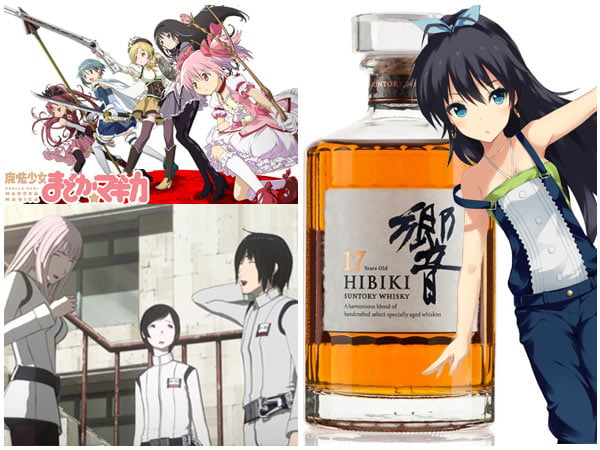
When I came to Japan in 1991, one of my first impressions was that the country must be a dangerous place to raise children because the staircases were made of hardwood and were very steep, in order to take up less space in cramped Japanese houses. I also thought that Japan seemed to be a place where bizarre coincidences happened a lot. In my first year here, I managed to bump into several people I’d studied Japanese with in university while wandering around Tokyo and Yokohama, which was surprising since I lived far from these cities. Before coming to Japan, I taught myself the language using the classic baseball manga Touch, and by an incredible coincidence the rural city I came to live in (Isesaki, Gunma) just happens to be the birthplace of the
artist, Adachi Mitsuru…who also shares a birthday with Mrs. J-List. Yulia Nova is a beautiful Russian model who stole the hearts of many Japanese and international fans, and the photographer who publishes her works just happens to live here too, about
3 km away. This pattern continued: the company that makes those cute Nyanko Cat figures is also located in our mild-mannered city, and when J-List finally attained status as an official Touhou shop, we learned to our surprise that the distributor we’d be buying figures, mousepads and games from is located less than 1 km from us. (Our city is also the setting for Nichijou.) My wife’s theory is that her ancestors are watching over J-List and ensuring that serendipitous accidents keep happening to help our business grow, but I think Isesaki is some kind of “power spot” that links Japan to the rest of the world in some mysterious way.
I sometimes receive questions about Japan through J-List’s Facebook page and Twitter feed which I do my best to answer. The other day a reader asked me to talk about how Japanese names work, so I thought I’d write about that. Japanese always have two names, a family name and a given name, which are written in Chinese characters, or less frequently hiragana or katakana. Family names always come first – so you’d say Hatsune Miku, never Miku Hatsune – though this rule isn’t followed for foreigners, who always say or write their names in Western order. The system of family names is quite recent, having been adopted after the Meiji Restoration of 1868, when Japan put aside its feudal past and embraced modernization. One odd quirk of Japanese people is that they’re all positive their ancestors were samurai warriors, despite many having agrarian family names like 田中 Tanaka (“in the rice field”) or 山田 Yamada (“the rice field on the mountain”). Since there are many ways to write a given name in kanji, the nuances can be hard to represent in English. In Kana Okari ~ Welcome Back Kana, the just-released remake of one of the best visual novels ever made, there are two characters who share the same name: 加奈 Kana, the main character’s younger sister, and her cousin 佳奈, which is spelled “Cana” in the game to separate the two.
We’re happy to announce that the total remake of one of the best visual novels ever released is in stock and shipping. The game is Kana Okari ~ Welcome Home Kana, a total remake of one of the most beloved Japanese visual novels ever made, written by the creator of Yume Miru Kusuri. This new version adds full character voices, a modern game engine, a re-edited translation plus animated “H” scenes. It’s a journey that every fan of visual novels will want to make, the seminal edition of this epic visual novel.
















